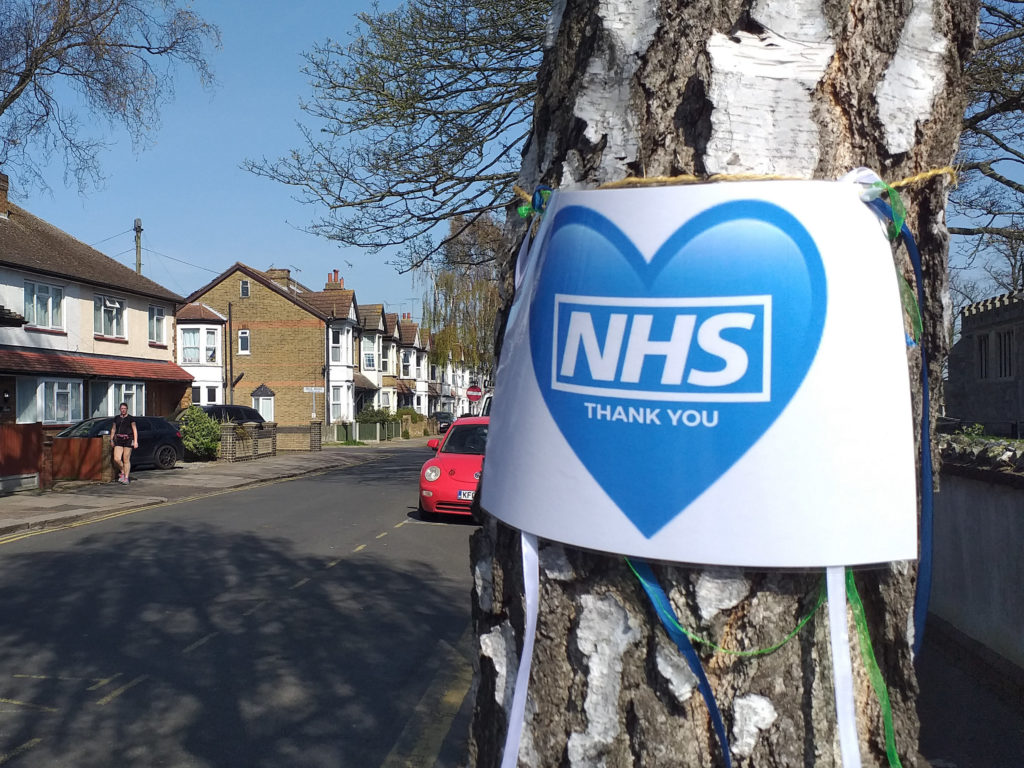Explained: How 111 call-centres in Kent adapted during the pandemic
Since the pandemic hit, the 111 call-centres have had the endless task of answering the publics’ questions about Covid-19. The unknown nature of the virus meant that these call-centers have been bombarded with calls since March 2020 and a year on this still continues.
The first wave
During the peak of the first wave, it was no surprise that these call-centres struggled to cope. When people called, they were sometimes having to wait up to 4 hours to be answered. Even on a good day, calls would still take up to an hour to be answered and it stayed like this for months.
Paul Fitzgerald, at the 111 call-centre in Ashford said, “we had a trickle of calls when it first hit the news, then it turned into an avalanche. The worst I saw was a 4 and a half hour waiting time for the public and this was the norm for months”.
111 call-centres have a target to answer all calls in 60 seconds, so these waiting times show the immense pressure that they were under.

119
However, the 111 call-centres are in a much better position the assist the public, than they were a year ago. This is largely due to the new 119 number that was introduced. This number was specifically for covid-19 related calls. The number was implemented on 18th May 2020.
The new number allowed people to book NHS drive-through tests, order home testing kits, apply for tests in a care facility and arrange Coronavirus vaccination appointments. This new number was vital in stopping the call-centres from collapsing. It allowed all Covid and regular calls to be separated, meaning that waiting times for calls decreased drastically.
Training and staff
Despite, the new number being introduced, it would be pointless without having the extra staff to make it successful. In order to keep up with the high demand of calls, 111 call-centres went on a spree of employing people to deal specifically with the Covid calls.
Many people lost their job during the pandemic. So, employing new staff was not a problem for the 111 call-centres. They were flooded with job applications and the most suitable were chosen to help with this national effort.
These new staff were then put onto a quick and efficient training programme to get them up to speed. Because they were only being trained for the Covid phone line, this meant training only took a couple of weeks. Within a few months, the staff at 111 call-centres increased drastically and allowed them to answer all calls in a reasonable time.

The second wave
The second wave was the first real test to see if the changes made had made a significant difference to the call waiting times. Compared to the 4 hour waiting times in the first wave, between November and January call waiting times as a standard, were no longer than 15 minutes.
There is no question that the start of this pandemic was a real struggle for the 111 call-centres and the wait times will have been a real frustration for many. But, the quick thinking and adaptation from the NHS meant that they have been able to be the voice of reason for the whole country during the pandemic.
Feature image credit: Oliver Leonard
